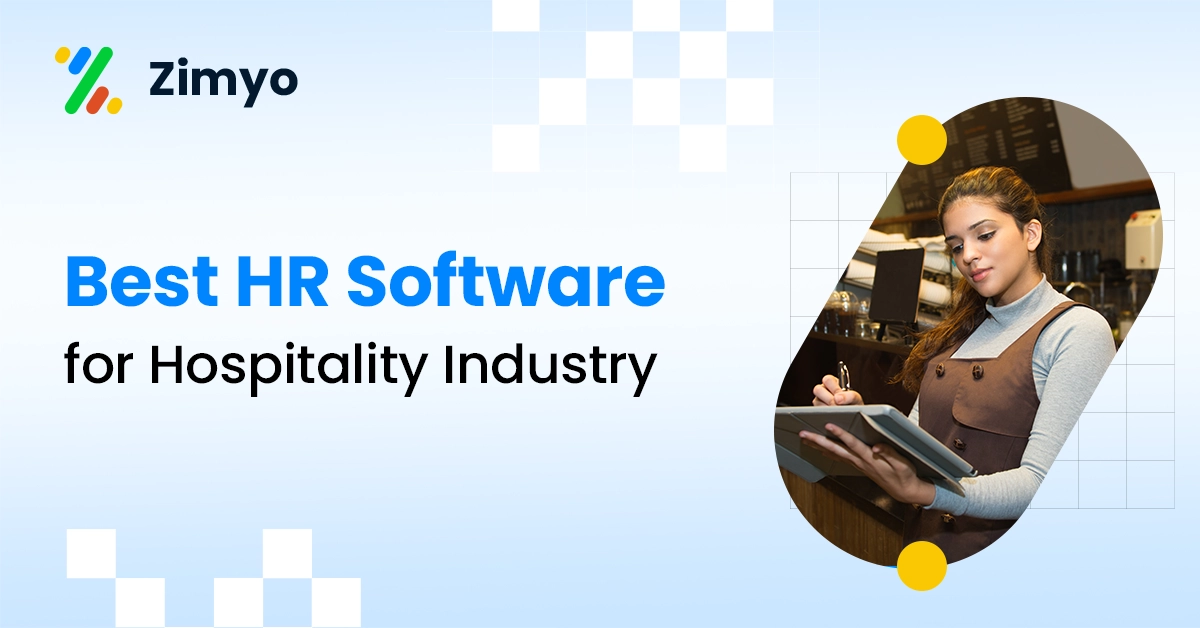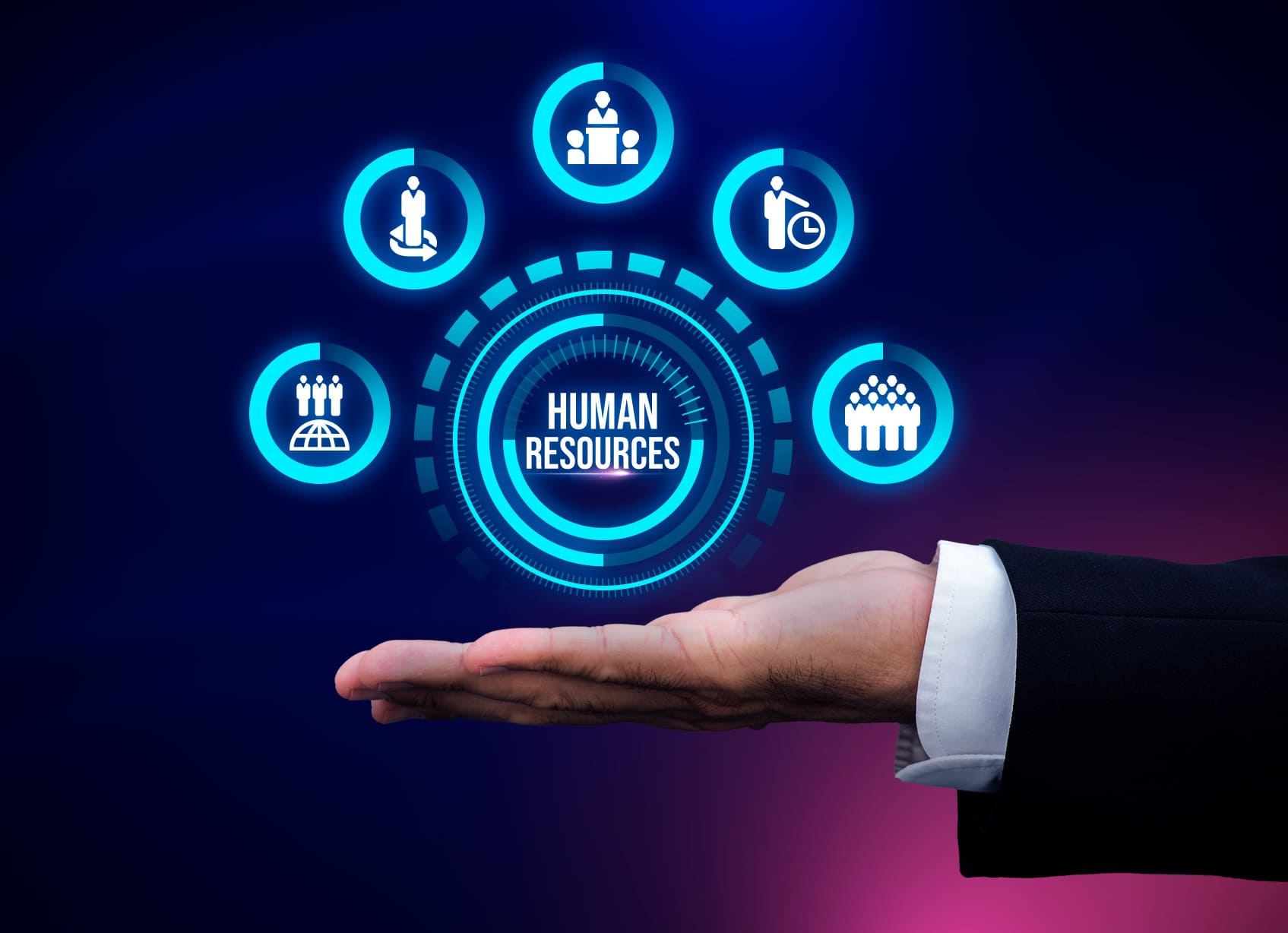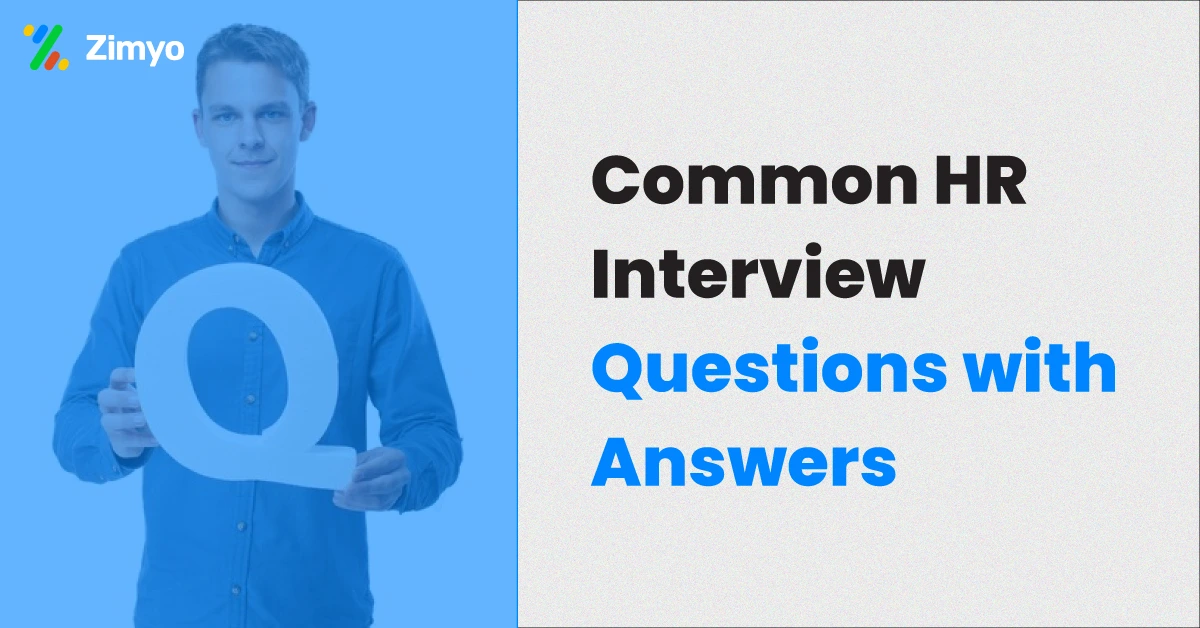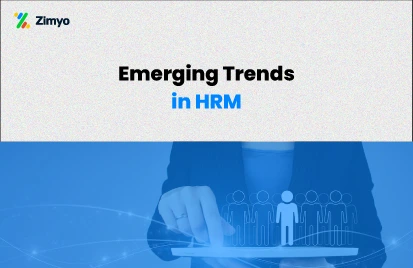What is HRM Software?
HR technology (or Human Resources Technology) is the catchall term used for software and associated hardware. It is mostly used for the automation of human resources functions in organizations. There are different acronyms for the same software and fulfill the same purpose.
Features of an HRM Software
The following are the general features of an HRM Software
Employee Information Management
HRMS solutions software should include a complete directory of all the information pertinent to the employees, such as relevant personal information, job and salary history, payment details, insurance plans and numbers, vacations, sick days, and complaints from co-workers, past infractions, etc. This results in all the employee data being in a central area, resulting in easier tracking and reporting. For the employees, it can also provide an employee self-service software that lets them keep track of important information and sensitive documents.
Recruitment and Hiring
Some HRMS solutions have the option of assisting with the recruitment of employees as well. Businesses can search for resumes and CV’s instantly while also being able to filter them according to your criteria. It can also include features to automatically post job openings to websites and track the timeline for potential employees. When potential applicants resume’s start coming in, an Application Tracking System(ATS) can accept or reject applications automatically based on criterion defined by the owners.
Some HRMS systems have talent management features built into them. These allow the organization to assess the employees as per their own defined criteria, such as deadlines fulfilled, hours worked, etc. Performance assessments provide valuable data on employee morale, productivity, etc, and are necessary. The feedbacks can either be automated or done by HR. Some HRMS systems also have the capability of real-time updates that can be communicated instantly to whoever it is to be communicated to, saving valuable time.
Financial Management
Payment management is one of the most important and integral parts of human resources. This process can be streamlined heavily using HRMS to ensure smoothness and reducing the chances of errors. This is accomplished via the use of various modules built into the system. The modules can manage things like salary administration, extra commissions, stock incentives, and loyalty bonuses.
Time and Attendance Management
HRMS systems also have tools that allow the scheduling of shifts, attendance management, etc. It can also be used to shift personnel between departments or projects with minimum effort. Some HRMS system contains the option of informing supervisor in case of shortfall in staffing levels Electronic timesheets make payroll and time tracking smooth. Leave system allows employees to ask for maternity leaves, medical emergency leaves, etc.
Accounting and payment
Accounting features in an HRMS system promote financial planning and invoice management. HR budgeting and forecasting abilities help in the centralization of relevant processes. These allow forecasting and preplanning for money management. Further automation of receivables and payables makes tracking payment easier and removes any option of foul play.
Different methods of implementing HRMS
What do On-premises and cloud mean?
On-premises:- On-premises is the software and technology that is placed within the physical boundaries of a company – most of them are stored on the company’s data servers as compare to being hosted on a cloud platform. There are certain advantages to this. As all data is available on the physical premises of the company, IT does not have to expend much effort to track down bugs and glitches in the software and repairs can be done quickly. This also makes the data a lot more secure.
The payment model can vary between a one-time payment, a subscription model, or payment for every system that the software is installed on. On-premises software is an ‘old fashioned’ model that is falling out of use.
Cloud HRMS:- Let’s start with the definition of a cloud- system. Cloud software is a system that is kept on the servers of the provider you chose. It can be accessed by anyone in the organization that has access. These usually require a monthly, quarterly, or annual fee to access.








